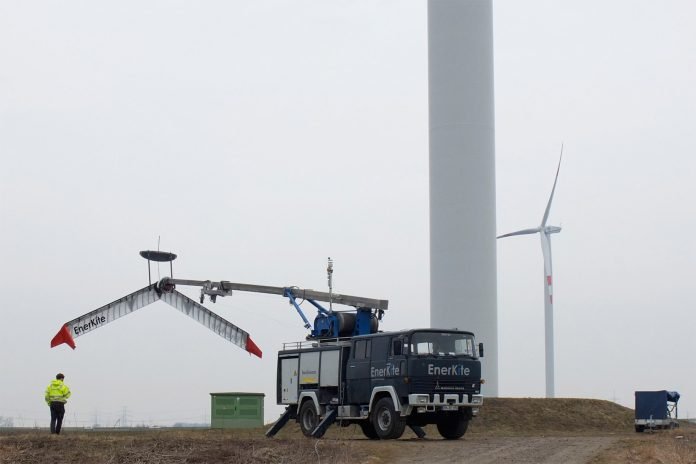EnerKite is transforming the way we think about wind energy by using high-altitude kites to harness stronger, more consistent winds. This innovative technology offers a mobile, cost-effective, and eco-friendly alternative to traditional tower-mounted wind turbines. By operating at altitudes of up to 300 meters, EnerKite systems can produce significantly more electricity while minimizing material usage and environmental impact.
How EnerKite works: Harnessing the power of high-altitude winds
EnerKite’s core technology revolves around tethered wings, similar in design to large kites, that generate electricity by exploiting high-altitude winds. These winds, which are both stronger and more consistent than those closer to the ground, allow EnerKite systems to deliver twice the energy yield compared to conventional wind turbines with the same rated power.
The basic operation of EnerKite is relatively straightforward. The kite flies at altitudes where winds are around double the strength of those encountered by traditional wind turbines. As it flies in a figure-eight pattern, it generates a pulling force on cables attached to drums in a ground-based station. The rotation of these drums drives a generator, which converts the kinetic energy into electricity. When the kite reaches the end of the cable, it automatically glides back to its starting position, using minimal energy, and the cycle repeats.
The entire system is lightweight and portable, with the kite made from a carbon fiber structure covered with a membrane-skin. This semi-rigid design ensures both durability and exceptional aerodynamics, which maximize the system’s energy output. Meanwhile, the more complex mechanical and electrical components, such as the inverters, battery systems, and gearboxes, remain on the ground. This distribution of weight allows for a more efficient and durable design while minimizing the need for heavy and expensive infrastructure.
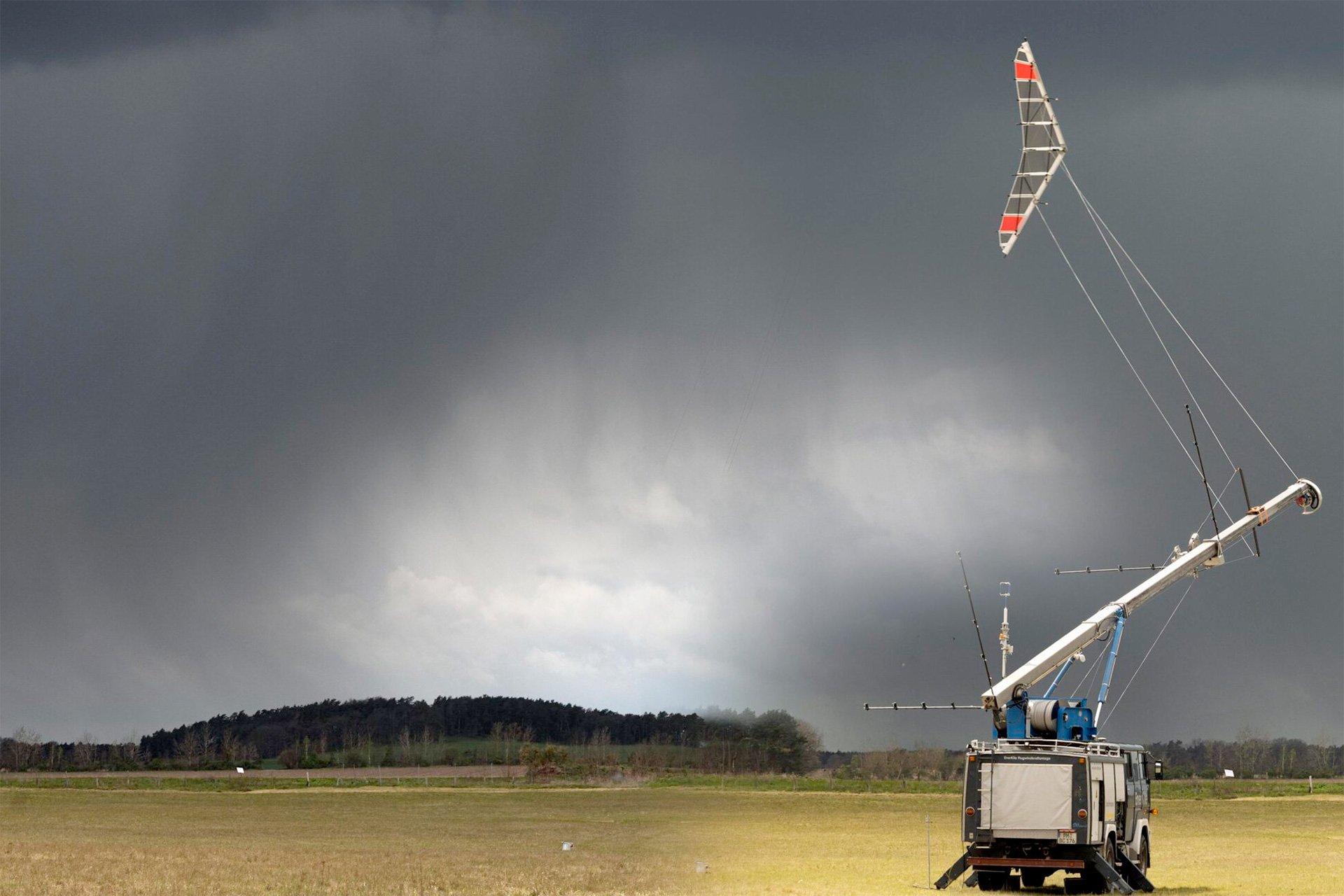
High energy yield with minimal resources
One of EnerKite’s major selling points is its ability to reduce the amount of material needed for wind power generation. Unlike traditional wind turbines, which require large steel towers and concrete foundations, EnerKite operates without these components, resulting in significant material savings. According to the company, its system uses 90% less steel and concrete than a conventional wind turbine, which not only lowers the cost of production but also improves the system’s overall environmental footprint.
Additionally, EnerKite’s airborne turbines can operate efficiently on approximately 80% of the world’s land area, tripling the usable land for wind energy compared to traditional wind turbines. Conventional turbines, which need consistent ground-level winds, are limited to only about 25% of land areas. This broader geographic applicability allows EnerKite to be a viable solution for a wide range of locations, including remote or undeveloped regions where conventional turbines might not be practical.
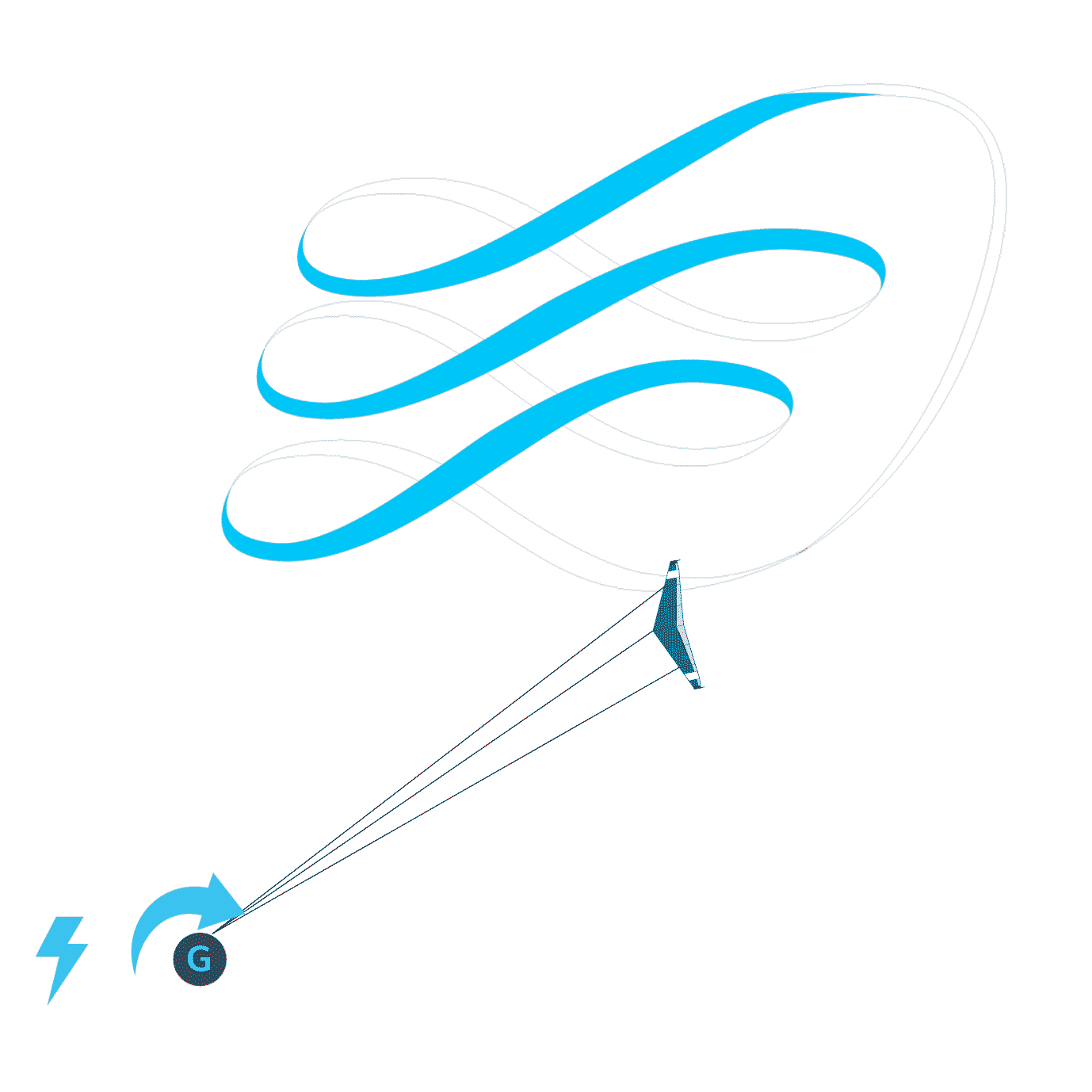
Durability and mobility: A system built for versatility
A key advantage of EnerKite’s system is its mobility. The entire setup fits into a standard shipping container, which allows it to be easily transported and deployed in remote or off-grid locations. This mobility makes EnerKite particularly attractive for use in developing countries with limited infrastructure or in regions where conventional energy sources are unreliable. EnerKite can quickly replace diesel generators in distant communities and provide consistent, renewable energy.
In addition to being mobile, EnerKite’s airborne turbines are highly durable. The carbon-fiber wings are designed to withstand the harsh conditions at high altitudes, including strong winds and fluctuating weather patterns. The system’s base station, which houses the electrical and mechanical components, is built to handle environmental stresses, ensuring long-term operational reliability. The wings’ lightweight construction also contributes to their ability to generate higher energy yields, as every gram saved in weight enhances performance.
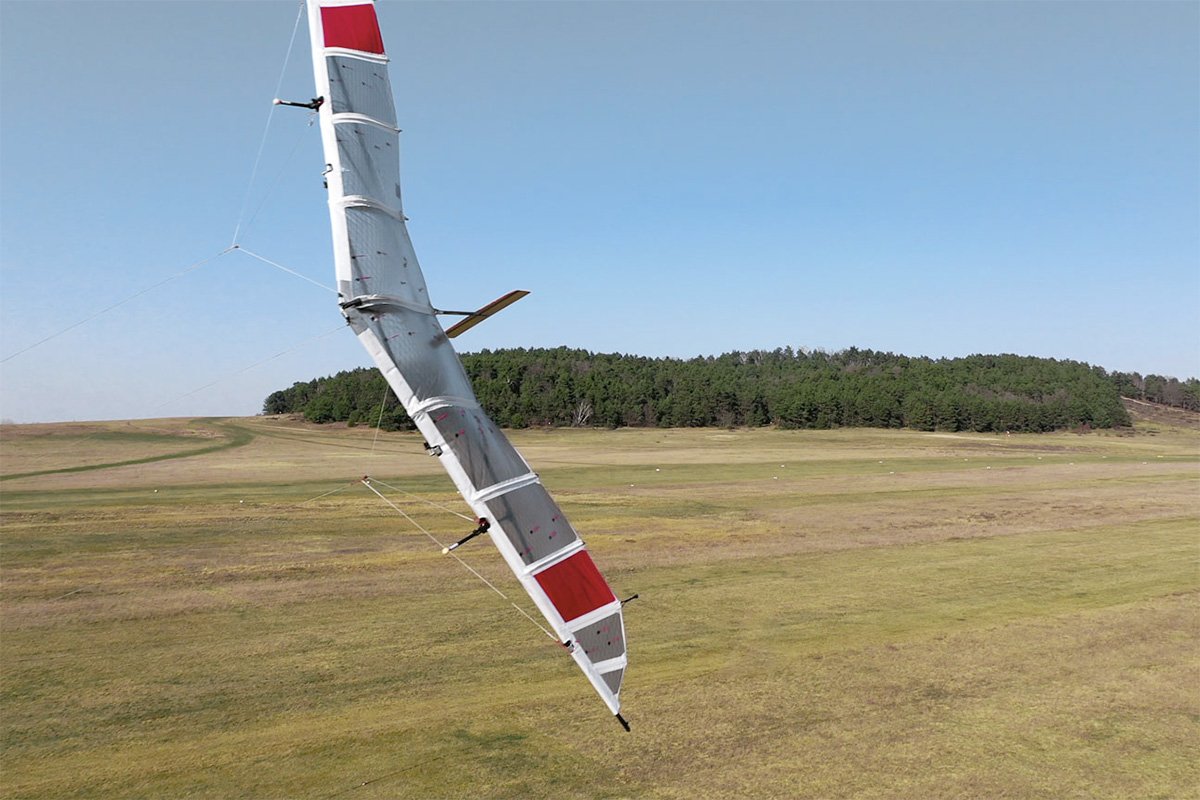
Fully automated operation and cost efficiency
EnerKite’s system operates fully automatically, with remote monitoring capabilities. This automation extends to both the take-off and landing phases. The system uses a rotating mast to launch the kite into the air, even in situations where ground-level wind is minimal. Similarly, when it’s time to land, the kite follows a circular flight path and docks back onto the mast with precision. This fully automated process eliminates the need for manual intervention, making the system more reliable and reducing maintenance costs.
EnerKite’s efficient design and use of high-altitude winds also make it a highly cost-effective solution for power generation. With minimal material requirements and higher energy yields, the company estimates that electricity costs can be reduced to around 3 cents per kilowatt-hour (kWh) in future, large-scale systems. This low-cost energy production makes EnerKite a competitive option in the growing market for renewable energy, particularly as global demand for low-cost, independent energy solutions continues to rise.
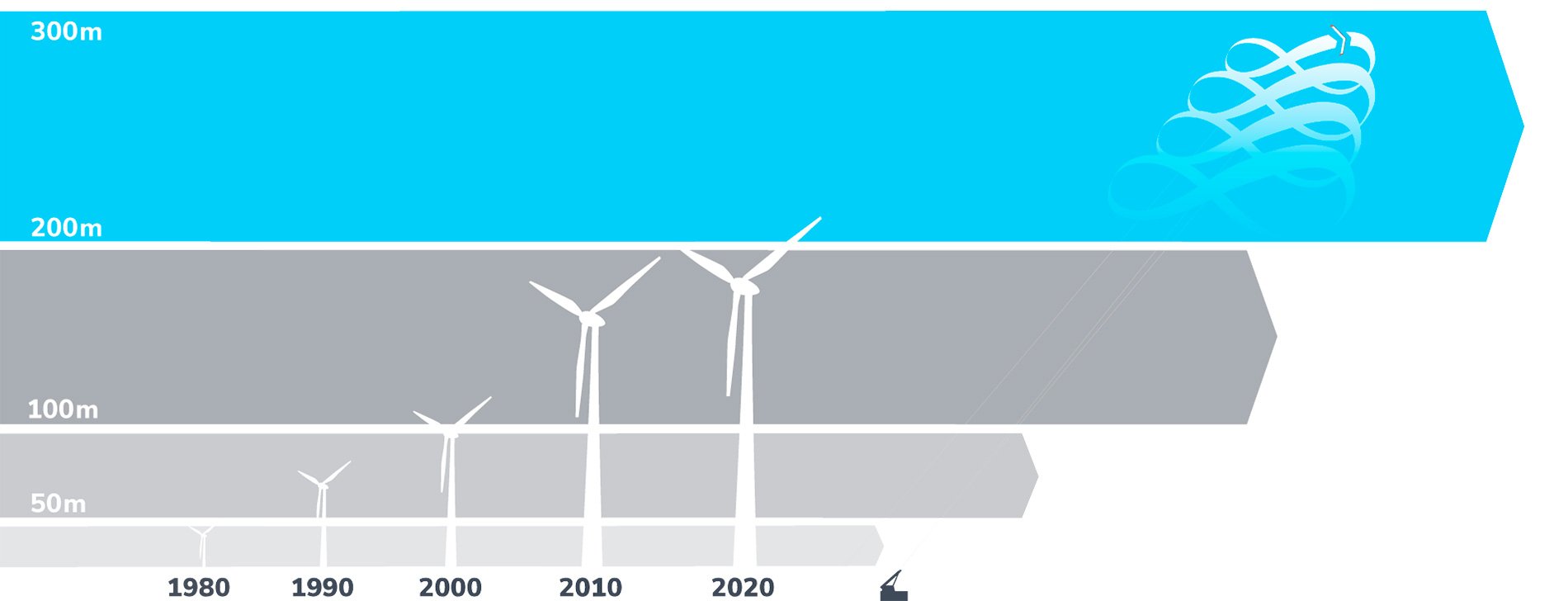
Applications and future potential
EnerKite’s technology is well-suited for a wide range of applications, from small-scale local energy supply to multi-megawatt power plants. Its flexibility and portability make it ideal for providing electricity in remote areas, including developing regions with high energy needs but limited infrastructure. The system’s ability to operate efficiently even in light wind conditions further enhances its versatility, enabling it to produce consistent energy in areas where traditional wind turbines might struggle.
In the future, EnerKite’s airborne wind turbines could play a crucial role in expanding the availability of renewable energy across the globe. With its ability to operate on a larger percentage of land area than traditional wind turbines, EnerKite can significantly increase the amount of economically viable wind energy production. Its low material costs, high energy yield, and mobile design make it a promising solution for addressing the world’s growing demand for sustainable energy.
Source: EnerKite

